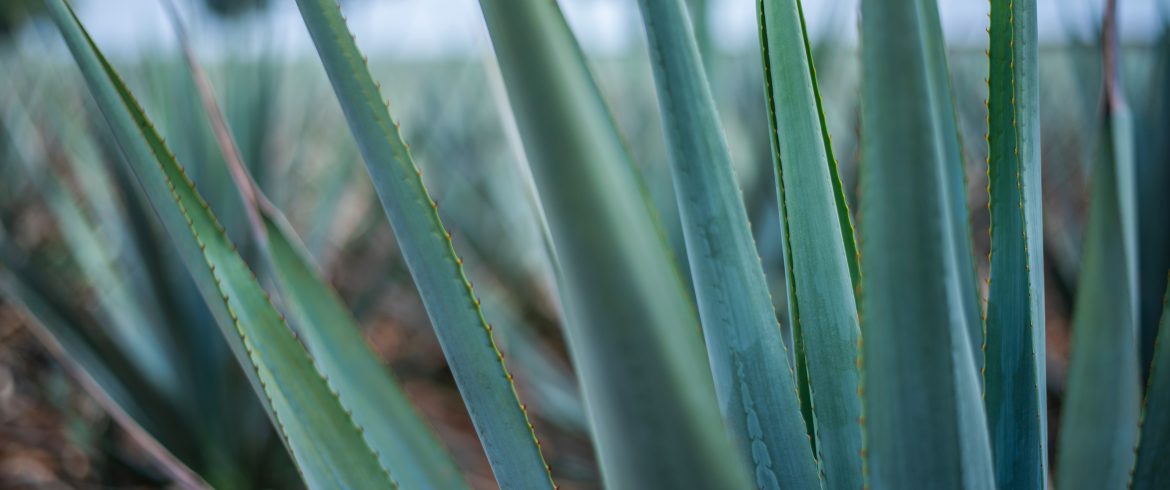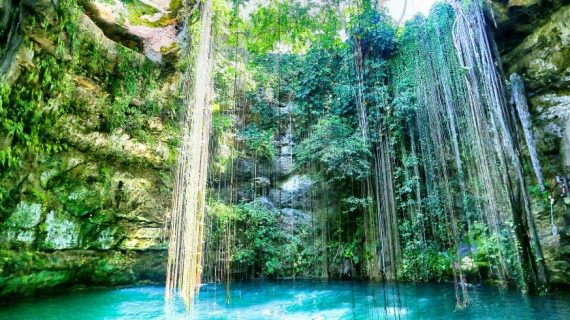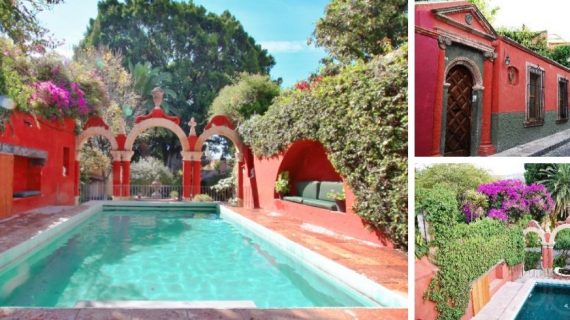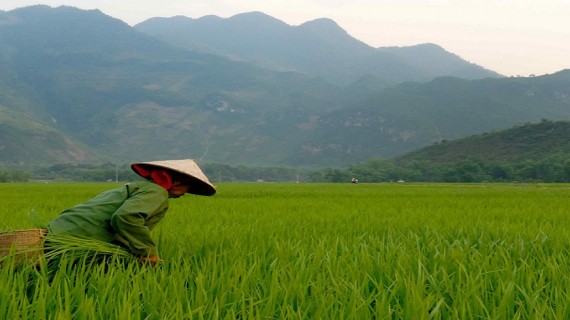Have you ever thought of taking a trip among agave plantations? It might seem incredible, but these plants typical of Mexico hide countless curiosities and will never cease to amaze you. Follow me on this trip to the city of Tequila, home of the agave.
If you think that Mexico is just a place of beautiful and paradisiacal Cenotes, then you are wrong. On one side, we find the coasts of the Pacific and the Gulf of Mexico, on the other instead, there’s all the Mexican inland characterized by a dry climate and an arid territory. But even this land, at first glance harsh, hides unexpected treasures.
Now, I will tell you about the agave, a unique plant symbol of the city of Tequila, State of Jalisco, Mexico.
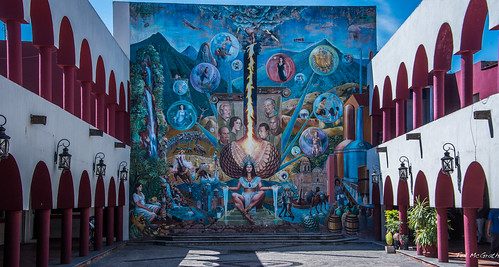
Agave: Roots from the Past
This plant is native to the Mexican plateau and is famous for being the raw material of tequila. Known by locals as maguey, however, it has many other uses. In the past, in fact, it played a fundamental role as inexhaustible good for the inhabitants living in the areas where it spontaneously grew.
Agave is a source of water, food, medicines, fuels, building material, alcoholic drinks, and much more. Still today it represents one of the main supplies of some cities in Central America that guard its secrets and local production.
But What Does this Plant Look Like?
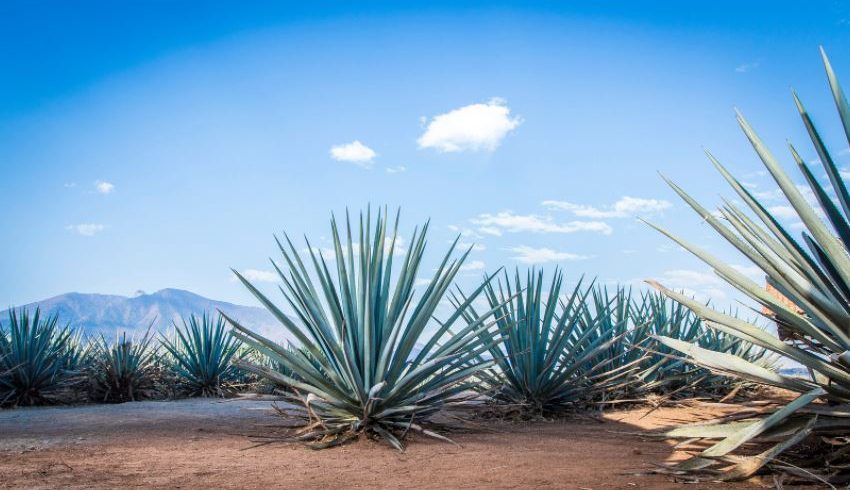
Agave is a succulent plant with rigid grey-green leaves which can reach up to two meters in length. Thanks to its particular metabolism and the little water it needs, it survives even in very arid areas. This is because the plant breathes and retains water at night and then closes its pores during the day avoiding liquid loss.
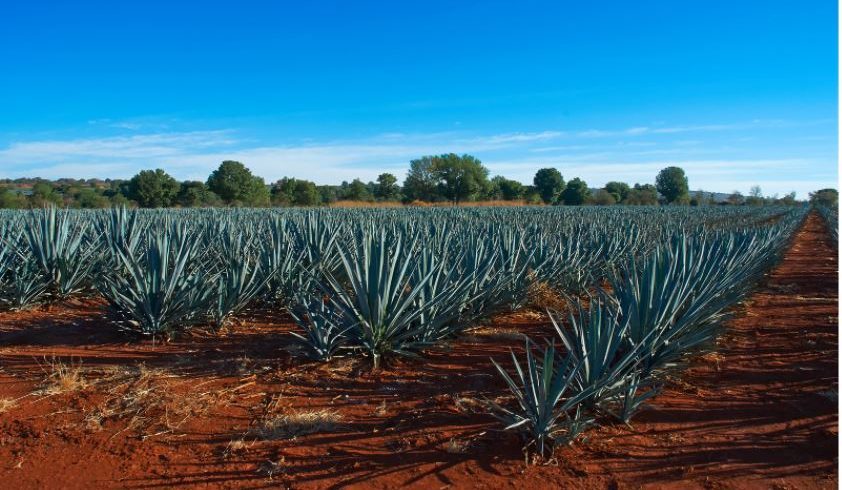
In between 7 and 25 years old, agave produces a sap called “aguamiel” which once extracted and fermented produces pulque, this nutritious and slightly alcoholic drink. The aguamiel is directly extracted from the heart of the maguey and has a sweet taste and honey-like texture. From here the name “honey water”.
Among the many other products coming from the agave we also find mezcal. This alcoholic drink is native to the city of Oaxaca and today it is produced in all those territories rich in agave plants.
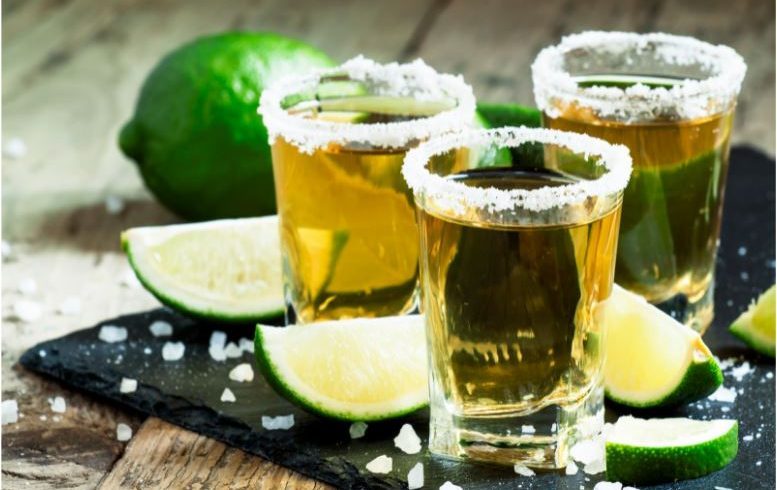
But then what is the difference between tequila and mezcal?
All liquors produced from the agave are mezcal. Then, depending on the process and the type of agave used, they differentiate into pure mezcal and tequila. The mezcal is produced exclusively in an artisanal way and 100% agave distillate. The tequila, instead, requires a minimum of 60% agave juice in addition to other alcoholic drinks.
Tequila: The Agave Town
If you have been intrigued by this plant of a thousand uses, then you absolutely must visit its home: Tequila!
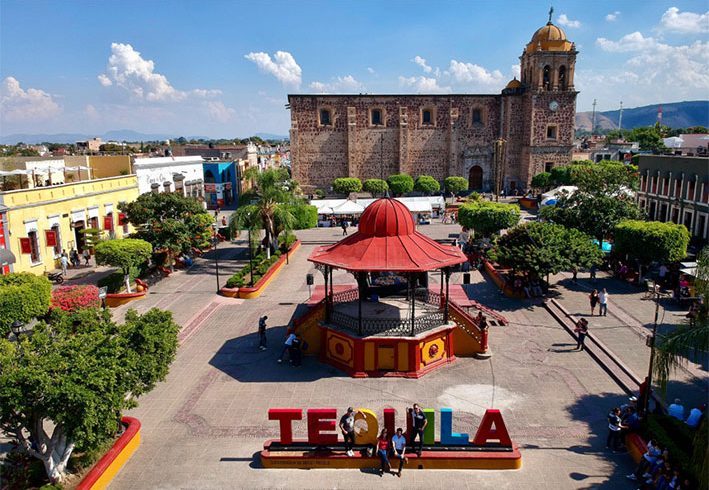
Located in the center of the country, Tequila is one of the most popular places in the state of Jalisco, Mexico. Only 60 km away from Guadalajara, the city can be easily reached either by car or by train. Personally, I recommend the second option because it gives you the chance to get to town by crossing the vast plantations of Agave. This is a truly incredible journey that shows the natural beauties of Mexico to the fullest!

Once in Tequila, don’t miss the opportunity to visit the Agave plantations and the pyramids of Guachimontones. You’ll be immersed in this traditional town among the mystical and arid landscape of central Mexico.
Here are some activities to explore the town:
Casa Sauza: Agave Discovery Tour
Want to know this plant from its very origins? Then there is no better experience than a tour with Casa Sauza.

This local company was founded in 1873 when Don Cenobio Sauza opened the distillery “La Preseverancia” and started producing the first tequilas. This is the perfect place to know all the secrets of a good agave together with “los jimadores“, the agave harvesters par excellance.

From plantations to the factory, you will learn step by step about the tequila production process and the history of this local business.
Piramids of Guachimontones
If you visit Tequila, you certainly can’t miss the Pyramids of Guachimontones!
One of the most important archaeological sites in the Teuchitlan tradition, it is characterized by its circular pyramidal stepped structures.

These unusual pyramids are typical of the Teuchitlan culture that lived between 300 BC and 900 AD and about which very little is still known. The main pyramid at the Guachimontones site, known as Circle 2, is 18m high and consists of 52 steps.

As with all the architecture of pre-Columbian civilizations, the number of steps hides links to the past. In fact, the 52 steps of the pyramid correspond to the number of weeks in a year and the number of years in the cycle of many Mesoamerican calendars.
The city of Tequila is a little jewel. From the pyramids to the agave plantations, it’s a world worth discovering. So, what are you waiting for?
Cover image: Photo by Joe Pilié on Unsplash
